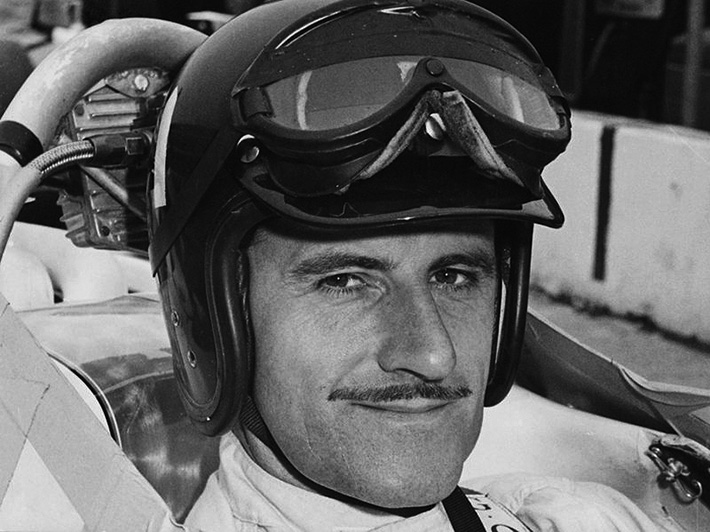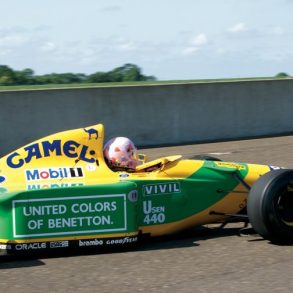Graham Hill Biography
The inclusion of Graham Hill on my list of the ten greatest drivers is probably the most controversial. It is easy to underestimate someone who has come from so humble a beginning. Hill came late to motor racing, in fact he had not even driven a car until he was 24. His early years marked by a profound lack of money and one of the first passenger cars that Hill owned was a 1929 Austin. The car was a wreck which is just about what you would expect for 70 dollars. Soon loosing its brakes Hill would have to scrub the car’s tires against the curb in order to stop. He would later remark that all budding race car drivers should own such a car.
“The chief qualities of a racing driver are concentration, determination and anticipation”, he said “A 1929 Austin without brakes develops all three – anticipation rather more than the first two, perhaps.”
Hill was born in Hampstead, London the son of a stock broaker and after leaving school he attended Hendon Technical College and joined Smiths Instruments as an apprentice engineer. He then joined the Royal Navy in which he served as an engine room artificer on the light cruiser HMS Swiftsure and attained the rank of petty officer. After leaving the Navy he re-joined Smiths Instruments.
“It’s difficult to say why he was so special, but he had such a charisma, you know, with his cap, his moustache and his sense of humour. He would sit in the sun, enjoying a beer and when the fans came he would listen to them all and have a joke with everybody. Even the French were charmed by him, and you know sometimes we are not so good with humour.” Rosie Bernard, proprietor of the legendary Rosie’s Bar, Monaco


This was his fifth win on this difficult circuit; a record that was not surpassed until Ayrton Senna captured his sixth victory in 1993. At Watkins Glen he was injured in a terrible accident that saw him confined to a wheelchair. After he recovered from his injuries he continued racing but without any further success, eventually starting his own team. In 1975 Graham Hill was killed when the plane he was piloting went down after getting lost in the fog. The world would never again see the famous helmet with the rowing stripes. But in 1993 his son Damon Hill resurrected that famous icon in Formula 1.


























